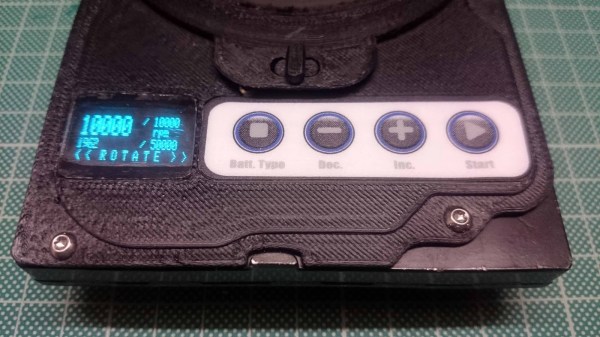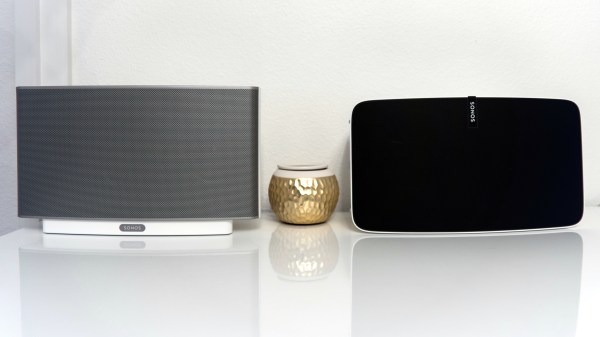E-waste is one of the main unfortunate consequences of the widespread adoption of electronic devices, and there are various efforts to stem the flow of this pernicious trash. One new approach from researchers at the Johannes Kepler University in Austria is to replace the substrate in electronics with a material made from mycelium skins.
Maintaining performance of ICs and other electronic components in a device while making them biodegradable or recyclable has proved difficult so far. The substrate is the second largest contributor (~37% by weight) to the e-waste equation, so replacing it with a more biodegradable solution would still be a major step toward a circular economy.
To functionalize the mycelial network as a PCB substrate, the network is subjected to Physical Vapor Deposition of copper followed by deposition of gold either by more PVD or electrodeposition. Traces are then cut via laser ablation. The resulting substrate is flexible and can withstand over 2000 bending cycles, which may prove useful in flexible electronics applications.
If you’re looking for more fun with fungi, check out these mycelia bricks, this fungus sound absorber, or this mycellium-inspired mesh network.















